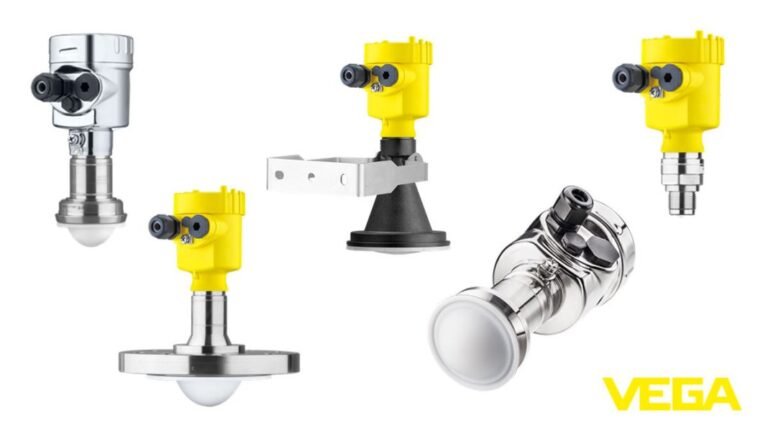
Introduction
When it comes to managing liquids in industrial applications, measuring and controlling the level of fluids is crucial. Vega level switches are one of the most widely used level measurement instruments in the industry. Understanding Vega Level Switch In this article, we will take a closer look at what Vega level switches are, how they work, and their benefits.
What is a Vega Level Switch?
A Vega level switch is a device used to measure and control the level of liquids in a tank or vessel. It is designed to detect and alert users when the liquid level reaches a specific point, either high or low. Vega level switches are used in a wide range of industrial applications, including chemical processing, food and beverage, pharmaceuticals, and water treatment plants.
How Does a Vega Level Switch Work?
Vega level switches work on the principle of capacitance. The device consists of two electrodes – a sensing electrode and a reference electrode – that are mounted inside the tank or vessel. When the liquid level rises and comes into contact with the sensing electrode, it creates a capacitor with the reference electrode. This change in capacitance is detected by the level switch and triggers an alert or control action.
Types of Vega Level Switches
There are several types of Vega level switches available, each with its own unique features and benefits. Some of the most commonly used Vega level switches include:
Vibrating Fork Level Switch
This type of Vega level switch uses a vibrating fork to detect the presence of liquid. The fork vibrates at its natural frequency, and when it comes into contact with the liquid, the frequency changes. This change in frequency is detected by the level switch and triggers an alert or control action.
Capacitance Level Switch
Capacitance level switches work on the principle of capacitance. They use two electrodes – a sensing electrode and a reference electrode – to measure the change in capacitance when the liquid level rises and comes into contact with the sensing electrode.
Guided Wave Radar Level Switch
Guided wave radar level switches use a probe that emits high-frequency electromagnetic waves. When the wave comes into contact with the liquid surface, it reflects back to the probe. The time taken for the wave to reflect back is measured, and the level switch calculates the liquid level based on this time.
Benefits of Vega Level Switches
Vega level switches offer several benefits, including:
Accurate and Reliable Measurements
Vega level switches are designed to provide accurate and reliable measurements, even in harsh and challenging environments. They are highly resistant to temperature changes, pressure, and corrosive substances, making them ideal for use in a wide range of industrial applications.
Easy to Install and Maintain
Vega level switches are easy to install and maintain, requiring minimal effort and resources. They are designed to be user-friendly and can be integrated into existing systems without any major modifications.
Cost-Effective Solution
Vega level switches offer a cost-effective solution for measuring and controlling liquid levels in industrial applications. They are durable, long-lasting, and require minimal maintenance, making them a cost-effective investment for any business.
Conclusion
In summary, Vega level switches are a vital component in the management of liquid levels in industrial applications. They are accurate, reliable, and cost-effective, offering a range of benefits to users. With several types of Vega level switches available, businesses can choose the one that best suits their needs and requirements.